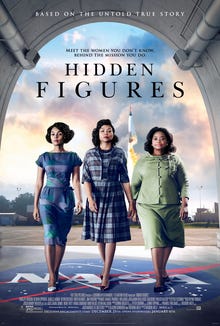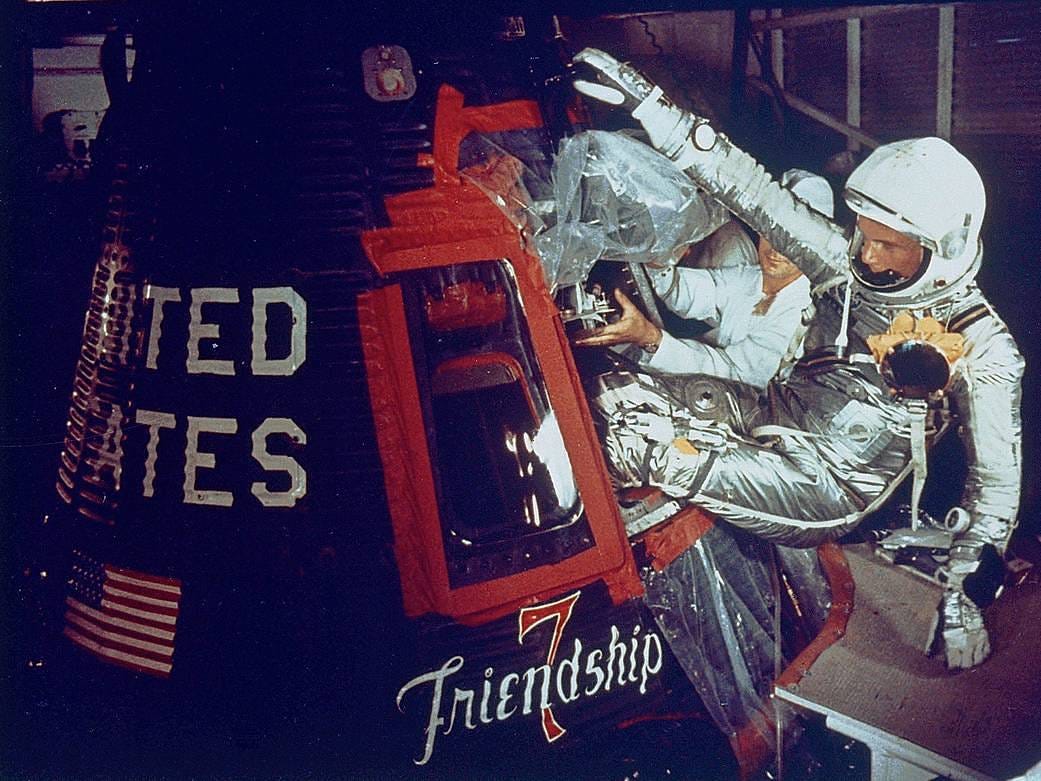It’s good to learn something new about a subject you thought you knew much about already. For me, that topic is the early years of the American space program – the start of NASA, the Mercury, Gemini and Apollo programs.
I’ve read books – The Right Stuff by Tom Wolff, A Man on the Moon by Andrew Chaiken, John Glenn’s autobiography. There are many movies I’ve watched – Apollo 13, First Man, The Right Stuff (again) – and documentaries, such Apollo 11 and NOVA specials.
Part of President John Kennedy’s speech in 1962 at Rice University about the U.S. going to the Moon by the end of the decade is engrained in my memory.
So it was a wonderful experience to watch the 2016 film Hidden Figures about the African American female mathematicians who played a significant role in the early years of NASA.

It’s a brilliant title for the movie – and the 2016 nonfiction book by Margot Lee Shetterly that was the basis for the film.
There was an enormous quantity of mathematics involved in John Glenn’s orbit around the Earth in 1962 during the Mercury program.
Those calculations had to be done by humans then, and Katherine Johnson, Dorothy Vaughan and Mary Jackson – the primary women of Hidden Figures – were among many other female computers who worked on that mathematics. See more at www.nasa.gov/from-hidden-to-modern-figures.
In the film, the women begin as members of an all-Black group of female mathematicians at NASA’s Langley Research Center, Virginia, in 1961. They are computers in the West Area Computing unit.
The movie shows the challenges they overcame to advance in their careers and the segregationist policies also confronted at work and at home. But they were successful, and among those achievements is Johnson’s work on NASA’s Mercury-Atlas 6 (MA-6) mission, which was the first American orbital spaceflight, which was piloted by Glenn on Feb. 20, 1962.

There have been many movies that have dealt with space flight, rocketry, astronauts – some complete science fiction, others based on real life events. Hidden Figures is one that makes the mathematics behind the space missions a critical element of the story.
And not just the math, but those who talented individuals who understand the science and the calculations needed for those achievements. John Glenn is world-renowned for his role in space exploration.
Knowing more about the men and women who were also part of the success – especially those who have been marginalized – is a very good thing.
Nothing to keep hidden – rather something to celebrate!



